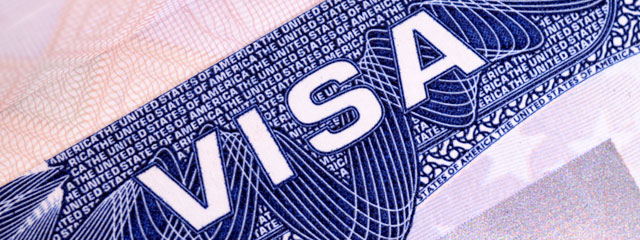E-3 Australian Professionals
On September 6, 2005, the U.S. Department of State published regulations for the newly created E-3 visa category, allowing applications for visas for Australian professionals to proceed. The E-3 visa program mirrors the Singapore and Chile H-1B free trade visas, but benefits from a 10,500 cap separate from the H-1B cap. The regulation establishes the following requirements for an E-3 visa:
- The E-3 applicant must be an Australian national.
- The position offered by the U.S. employer must meet the same “specialty occupation” requirements as established by the H-1B program. Thus, this category will only apply to professional level positions (typically requiring a Bachelor’s degree or higher).
- The E-3 applicant must present evidence of academic or other qualifying credentials for the specialty occupation to the consular officer.
- Before filing, the employer will need to secure wage and working condition approval from the Department of Labor using the Labor Condition Application process. The original Labor Condition Application must be submitted to the Consular officer as part of the application package. Certified copies are permitted by discretion.
- The employer must detail in writing the job offer, wage and specialty occupation requirements.
- Spouses and children of E-3 nonimmigrants are eligible for E-3 dependent visas. Dependents can be any nationality (i.e. they do not need to posses Australian citizenship). E-3 spouses are eligible to apply for E spousal work authorization once in the U.S. under the same process established for spouses of E-1/2 employees. The spousal work permit is not limited to a specialty occupation or a specific employer. E-3 visas issued to dependents are not counted towards the annual 10,500 allocation.
- The E-3 category is exempt from the six year H-1B time limit and can be renewed indefinitely. However, E-3 visas require “nonimmigrant intent” meaning that the visa holder must demonstrate an intention to depart from the U.S. upon the termination of the E-3 status. It is therefore possible that E-3 status might be rejected if the applicant has indicated an intention to immigrate to the U.S.



